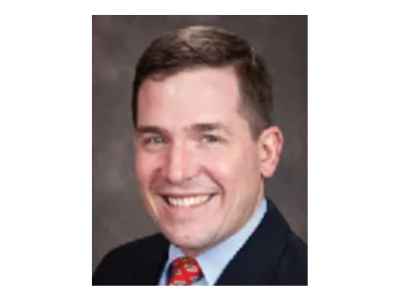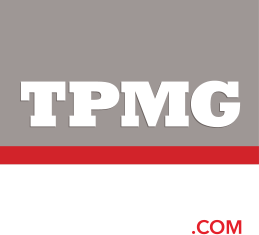March, 2024- Metal service centers continue to add waterjet processing to their offerings, driven by strong manufacturing demand, value chain efficiency requirements and opportunities to expand services. Waterjets are becoming preferred among service centers because of their ease of use, affordability, reduced scrap, minimal need for secondary processes and the variety of materials that can be cut. Emerging trends include the need for more continuous cutting processes and profitable options in value-added services, including shaping, beveling, elimination of heataffected zones (HAZ) and ability to maintain tight tolerances, which eliminates the need for additional machining processes, reducing overall production time and costs.

Waterjet’s lack of a heat affected zone reduces the need for secondary processing
COMPARISONS
Waterjet cutting compares favorably with other cutting methods, offering good accuracy, quick setup time and fast cutting, while also cutting a wide range of materials with no HAZ or change in material properties. Waterjet cutting prevents material distortion, oxidation or other thermal alterations in the metal, which is especially important for sensitive materials.
Waterjet’s material versatility adds efficiencies, as well. Aluminum, steel, titanium and a wide range of alloys can be cut on one machine, allowing customers to complete any order without changing cutting technologies. Modern waterjet systems are optimized to cut materials between ¼ inch up to 10 inches thick. Given enough time and consideration for taper, waterjets can cut as thick as needed to complete the job. In addition, larger machines help to facilitate increased jet-on time by allowing cutting, loading and unloading simultaneously.
A waterjet machine’s ability to shape and bevel is particularly valuable for producing complex geometries and meeting specific customer requirements, and the lack of a HAZ reduces secondary processing to address thermal effects on the material. These capabilities are particularly advantageous for industries that require custom designs and intricate details. Near-net shape cutting is beneficial for minimizing material waste and reducing the need for additional machining or material removal processes.
EVALUATING MACHINES
In addition to machine configurations, such as continuous operation or beveling capability, software is critically important to waterjet utilization, driving user and machine efficiency in print-to-part operations. For example, metal service centers seek to reduce the time and effort required to import and convert their customers’ CAD files to waterjet CAM files for cutting. Having built in file converters that cover most CAD formats eliminates the need for secondary software and transferring files between programs.
Software should also include the following:
• Converts CAD to CAM formats with easy cleaning tools.
• Cutting models support hundreds of material types.
• Supports smart factory integration.
Adding a waterjet will allow service centers to offer cutting to a diverse range of industries and applications, as well as contribute to cost savings by reducing secondary processing and machining. Costs can be further reduced by adding automation and robotics to load and unload the machine and by recycling the water, reducing water use and waste disposal.
The use of larger waterjet cutting machines in metal centers not only facilitates increased productivity but also allows for a broader range of value-added services, material versatility and cost-effective production processes. This makes waterjet cutting a valuable technology for meeting the demands of the diverse industries and applications served by service centers.
JAKE BROWN, vice president, Americas, Hypertherm Associates, has more than 20 years experience in strategy, sales, marketing, support and operations leadership positions, including strategic and IT consulting for PWC, and delivering industrial products globally for Danaher, Fortive and Hypertherm Associates.












